I have Wabash fog and sycamore twigs in my throat.
-Hoagy Carmichael describing his voice
For me, sound and music have always been private. Perhaps better said, hearing is a very personal thing. My jazz journey, for example, has been for the most part a solitary affair. I understand, therefore, the loneliness of our relationship with sound and music. That’s why when I started writing about my journey back in October 2020, I struggled with the idea of sharing it all - why would anyone else care about my journey?
But From Fred Astaire to Sun Ra was never intended to impose a path. It is only a means to share my journey as a way for you to find or rediscover your own - to let that Big River called Jazz take you away somewhere. In this way, it remains a personal thing.
As Cervantes wrote, “The journey is better than the inn.” The fun thing is that you never know where that journey will take you. For me, it goes something like this…
When I was in grade school and junior high school, my family took long trips in our station wagon. We never flew anywhere. We’d travel to Mexico City, Canada, California, New Mexico, Colorado, you name it. During those long rides, my dad played the radio, constantly searching for some local station.
I loved listening to the songs while I looked out the window. I remember hearing this one coming from some station while driving at night in the middle of Oklahoma:
Booker T. Jones was born in Memphis in 1944. At 16, he played baritone sax professionally for Satellite Records, which became Stax in September 1961. In 1962, Jones formed his group Booker T. and the MGs. While still in high school, he wrote the hit Green Onions. He became a very successful songwriter, arranger, and record producer.
According to Jones, in 1971, “I had rented an apartment on the beach in Malibu and had just moved in. I saw a guy running down the beach who, to me, looked like Willie Nelson. He looked up at me and waved, and I said, ‘Oh my God, that is Willie Nelson!'” Jones then learned that Nelson was living in the apartment underneath him. They quickly became friends.
Jones recalled, “We ended up jamming at night, just the two of us, on our decks, on different songs we played as boys, Stardust, On the Sunny Side of the Street, Blue Skies and Willie suggested, ‘Why don’t we go in the studio and record these songs rather than sitting out here on the deck?'” They got to work and recorded Nelson’s album Stardust in late 1977, which Jones produced:
Once the songs were selected, Nelson approached Canadian Brian Ahern to use the Enactron Mobile Recording Studio parked at his home in the Hollywood Hills. The Enactron was a 42-foot-long semi-trailer, custom-built into one of North America's first mobile recording studios. It was involved in over 40 gold and platinum records. Willie Nelson, Johnny Cash, Emmylou Harris, Dolly Parton, Black Sabbath, Jimmy Buffett, Bob Dylan, James Taylor, Bette Midler, and Barbra Streisand all used the Enactron to record. Here’s Ahern with Mark Knopfler outside the Enactron:
The studio is now permanently displayed at the Musicians Hall of Fame and Museum in Nashville, Tennessee. Here’s the outside:
…and the inside:
Songs from Nelson’s Stardust dominated the radio in 1978 when I was in high school. Truth be told, I didn’t care much for the album. But I loved his harmonica player, Mickey Raphael, particularly on Georgia On My Mind, with Booker T. on organ:
Incidentally, Raphael’s harmonica is also featured on the album’s Unchained Melody, a song I wrote about here:
The first two songs and probably the most popular songs on the album, Stardust and Georgia On My Mind, were written by Hoagy Carmichael.
There have been so many great jazz interpretations of Carmichael tunes. I’ll only share two of my favorites.
In 1976, on his terrific Biting the Apple album, Dexter Gordon recorded Carmichael’s Skylark with Barry Harris on piano, Sam Jones on bass, and Al Foster on drums:
Carmichael wrote Skylark based on a Bix Beiderbecke cornet improvisation called "Bix Licks". He wrote it for a project to turn Dorothy Baker’s 1938 novel Young Man with a Horn into a Broadway musical. The musical never materialized, but in 1950 Warner Bros. turned it into a film starring Kirk Douglas (his trumpet dubbed by Harry James), Lauren Bacall, Doris Day, and Hoagy Carmichael as Smoke, the dance band’s piano player:
Carmichael reworked the composition for the film and passed the melody on to Johnny Mercer to add lyrics. According to Mercer, "Hoagy had this tune and I couldn't think of what to write because it has this front line which is so pure and kind of classic and bucolic, and in the middle there is straight Bix Beiderbecke." Some months later, Mercer called Carmichael and sang him Skylark. By that time, Carmichael had forgotten he had written it.
The first time I saw Carmichael’s Stardust performed live was after I graduated from college in 1984. I was staying with a friend in Brooklyn, and I saw that Dizzy Gillespie was playing at Fat Tuesday’s in the Village. So off I went.
I hung around after the first show, no hurry to leave. All the musicians disappeared, but one, the piano player. He sat at the piano messing around a little. Then he got up and walked over to the booth where I was sitting. He simply stuck out his hand and introduced himself, “Hi, I’m Hank Jones.” We talked for a while, and then he said, “Would you like to meet Dizzy?”
I followed him to a door beside the stage. He knocked, and as he slowly opened it, a huge billow of cigar smoke came out from the room - I’m talking gigantic. I noticed this was the cleaning closet, as there were supplies on the shelves along the walls, mops hanging, buckets on the floor, and a single light bulb hanging from a string from the ceiling. The band members were all sitting on stools, huddled around a wooden crate, smoking stogies and playing poker. Hank leaned down and said to Dizzy, “Hey Dizzy, I’d like you to meet my friend, Tyler.” Dizzy turned and looked up at me. With a big cigar in his mouth and a bigger grin, he said, “Hi Tyler. I’m Dizzy Gillespie.” He shook my hand. I told him I loved the show, especially their version of Stardust. I asked for his autograph and he wrote this.
I thanked him. He smiled again and got right back to the poker game. Hank closed the door, and we walked back to the booth to talk a little more. I asked for his autograph, too.
I would find out later just exactly who Hank Jones was. I can’t believe I had just met one of the greatest jazz pianists of all time - and I didn’t even know it. I often wonder why he ever came up to me that night. I suppose I may have reminded him of himself in his younger days, fresh into New York City from Detroit, when he hung out at clubs listening to the musicians to learn about a new style of music, BeBop. But that’s another story….
In a 1989 version of the Great Jazz Trio, a group he formed in 1976 with original members Ron Carter and Tony Williams, Jones recorded this beautiful version of Stardust for the Alfa Records label:
But some of my favorite Carmichael tunes are the ones he played and recorded himself on 78rpm records.
Hoagy Carmichael was born in 1899 in Bloomington, Indiana, and attended Indiana University, where he earned a bachelor's and law degree. In 1927, as a young, unsuccessful lawyer crossing the Indiana University campus one hot night ''sweet with the death of summer,'' as he wrote in his autobiography, he paused to remember a passing love. A line came to him: ''The memory of love's refrain.'' He went into his house and wrote Stardust, and the rest is history.
However, Carmichael’s first recorded song was Free Wheeling. It was written for Beiderbecke, who recorded it over 100 years ago as Riverboat Shuffle with his Wolverines in 1924 at the Gennett Records studios in Richmond, Indiana:
In 1927, he recorded Stardust at the Gennett Records studio. I love Carmichael’s piano solo:
Georgia on My Mind was written in 1930 by Carmichael and Stuart Gorrell. It was first recorded that same year by Carmichael at the RCA Victor studios at 155 East 24th Street in New York City:
This was the last solo by Beiderbecke at his final recording session. He died less than a year later. The song also features Joe Venuti, Eddie Lang, Jimmy Dorsey, Jack Teagarden, and Bud Freeman.
Here’s one more for the road. In 1936, Carmichael moved to California to find work in Hollywood. In 1937, he signed a contract as a songwriter with Paramount Pictures. The same year, he appeared in his first movie, Topper. He played a piano player and performed his song Old Man Moon.
In Howard Hawks’ 1944 film To Have and Have Not, he played the same role as Cricket, the piano player in a hotel bar. During the film, he and, in her first movie role, 18-year-old Lauren Bacall perform a few fantastic numbers. I love this one, with Carmichael messing around with some lyrics for a song he’s working on:
And another classic from the film, here they perform Harry Akst and Grant Clarke’s Am I Blue:
In the film’s final scene:
Slim and Steve enter the smoky hotel bar. SLIM: “Steve, do I have time to say goodbye to Cricket?”
STEVE: “Sure, go ahead.”
Slim walks over to the piano and interrupts Cricket’s playing by placing her hand on his shoulder. SLIM: “Cricket. I came to say goodbye.”
CRICKET: “Why?”
SLIM: “We’re leaving now. Thanks for everything.”
As she turns away, CRICKET: “Hey Slim, are you still happy?”
SLIM (with a smile): “What do you think?”
So it goes… From a song heard on a car radio at night in Oklahoma to Willie Nelson on the beach in Malibu to Dexter and Dizzy in the Apple to Hoagy Carmichael himself, that Big River called Jazz took me on a journey of discovery that’s still going today.
Next week on that Big River called Jazz, we’ll dig our paddles into the waters of Jimmy Giuffre.
Please hit this link to buy me a cup of coffee, if you’d like to show your guide some appreciation for this and past journeys. Know in advance that I thank you for your kindness and support.
If you like what you’ve been reading and hearing so far on our journey and would like to share this with someone you think might be interested in learning more about our great American art form: Jazz, just hit the “Share” button.
From Astaire to Sun Ra: A Jazz Journey is a reader-supported publication. If you feel so inclined, subscribe to my journey by hitting the “Subscribe now” button.
Also, find my playlist on Spotify: From Fred Astaire to Sun Ra.
Feel free to contact me at any time to talk shop. I welcome and encourage that.
Until then, keep on walking….




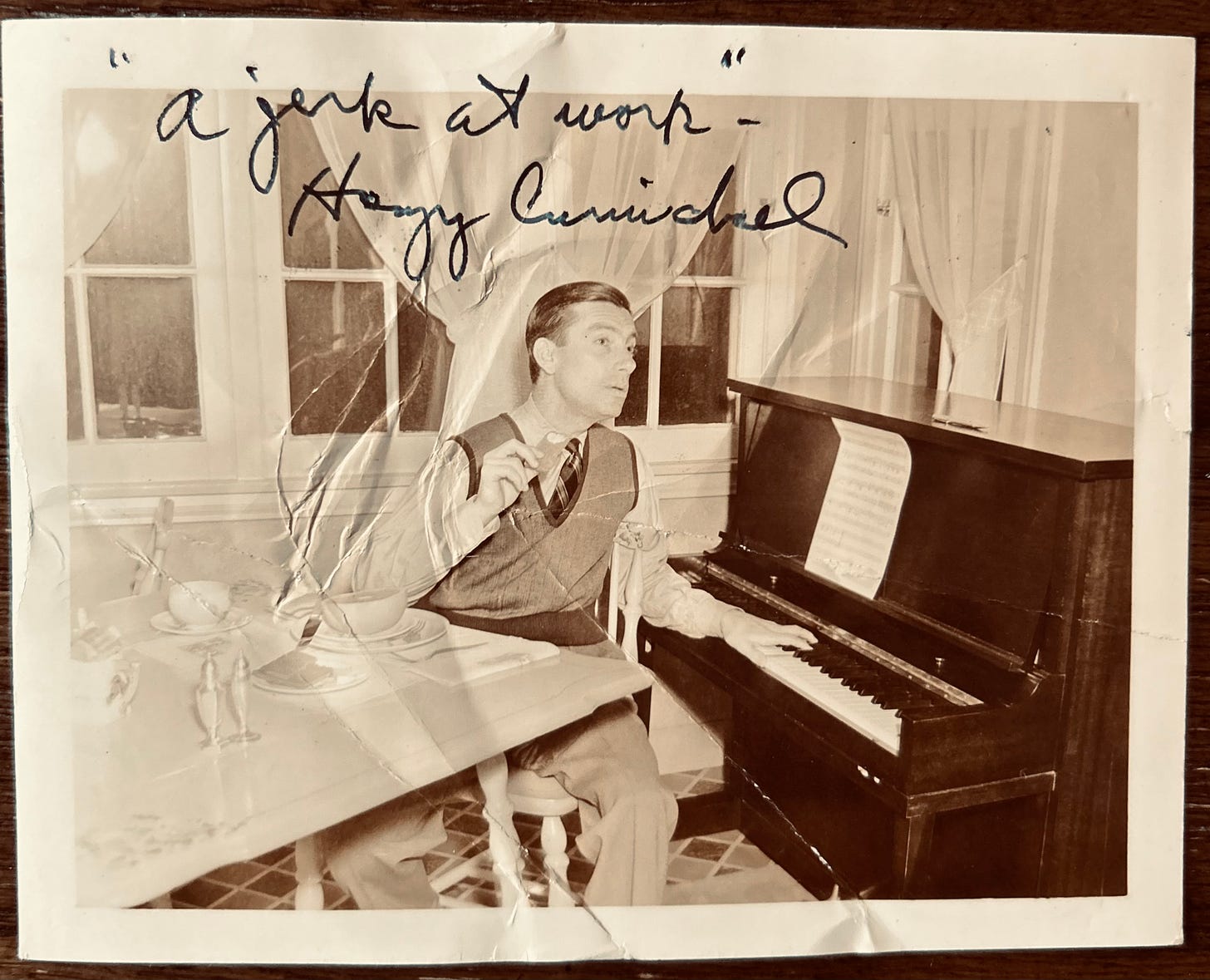
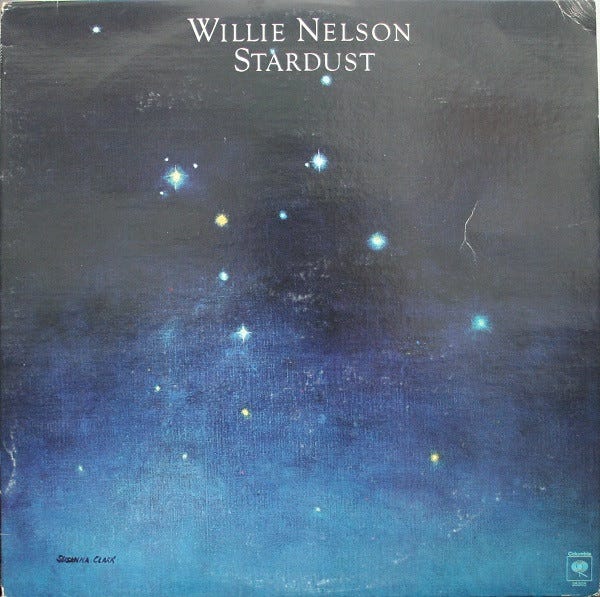
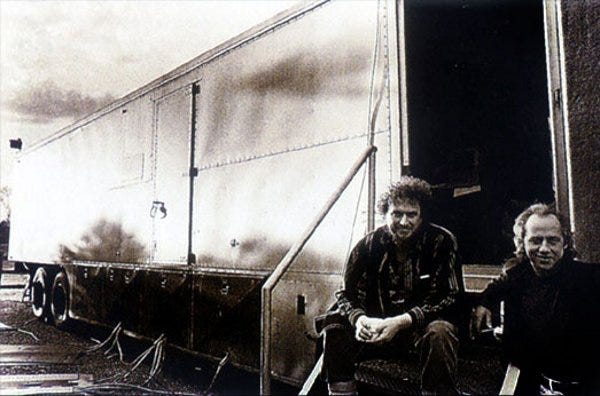
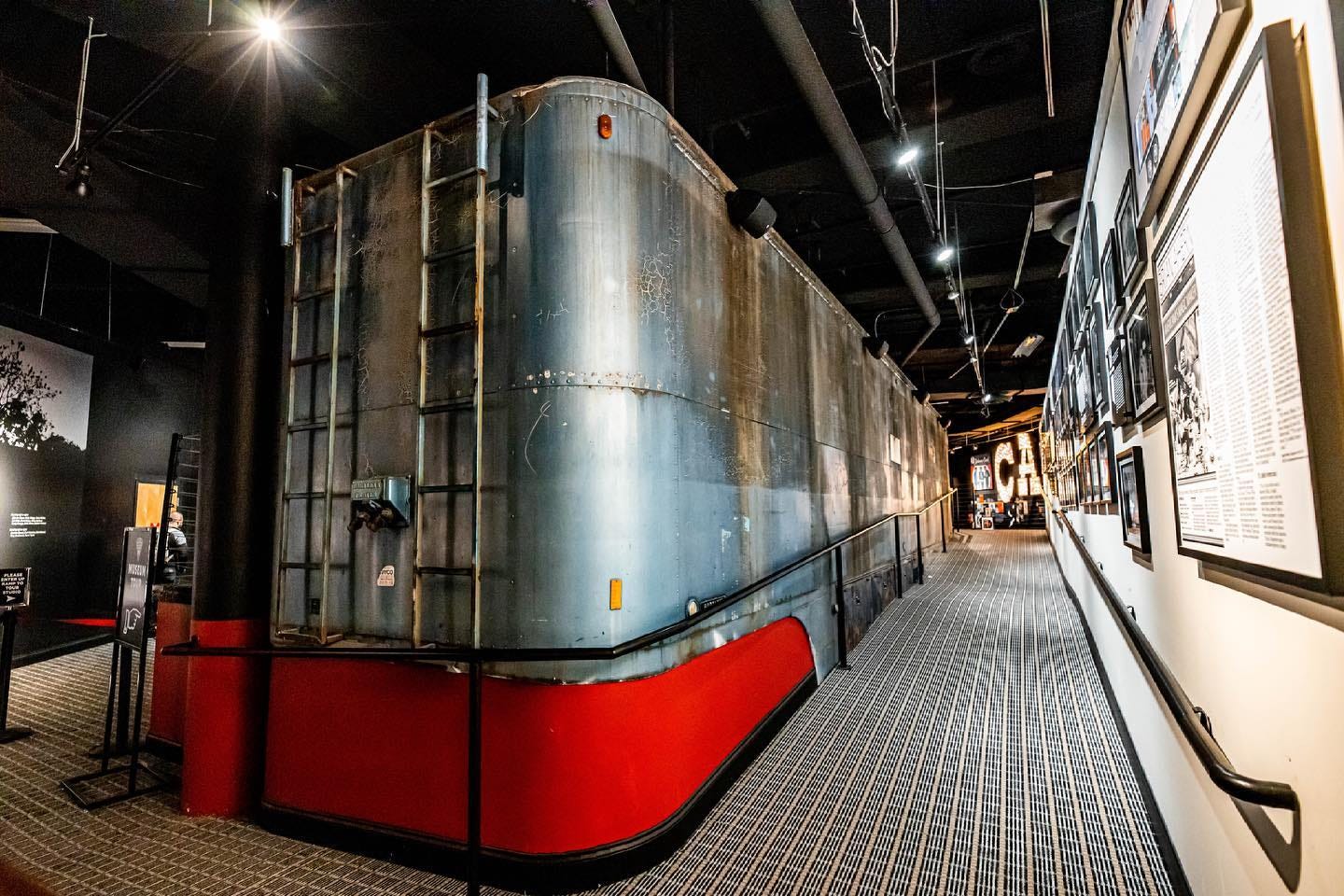
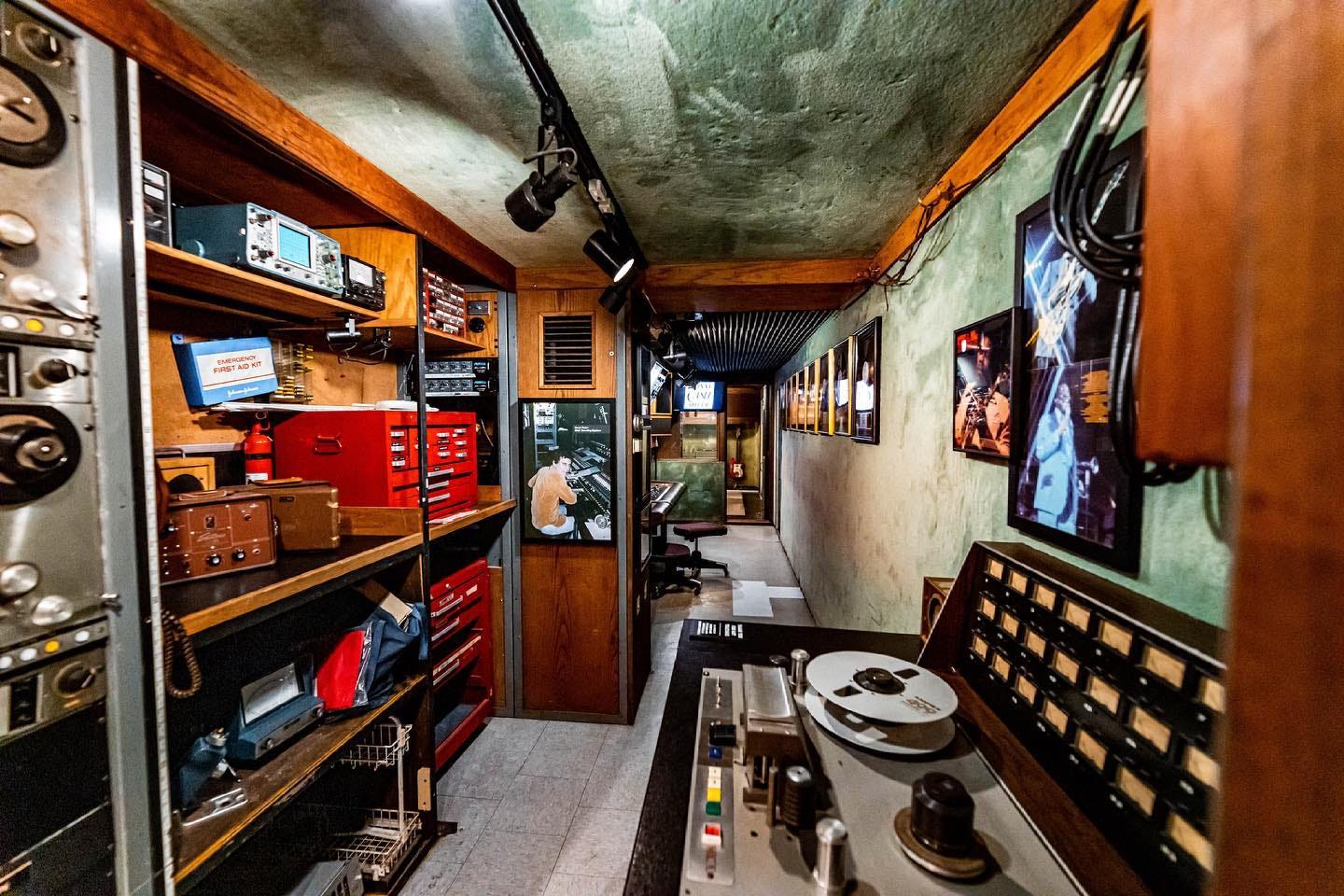

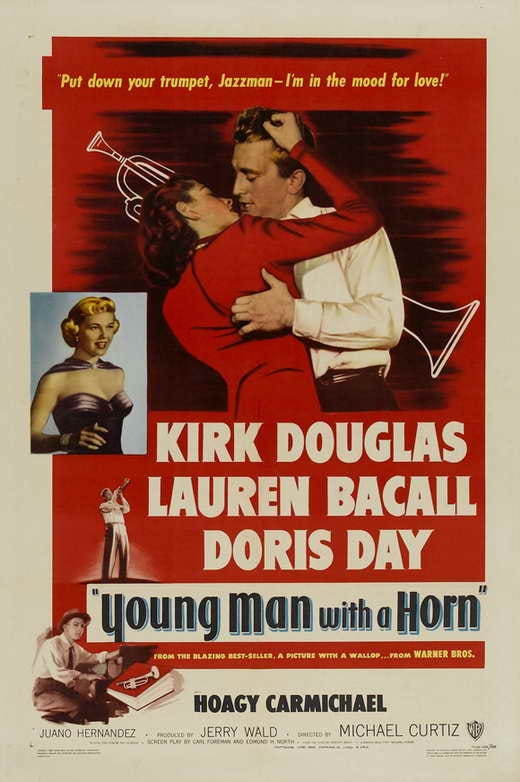

Amen regarding Hank Jones. My go-to album is I Remember Paris https://youtu.be/AjxVgxy2ri8?si=X_K8RsbwWvtrsA0m
Same for Hoagy Carmichael - one of the greats.
Hoagy did a very good job in To Have and Have Not. It’s always a treat to see a music legend in a film noir. Speaking of Oklahoma, I have lived 66 years in Oklahoma & Texas (4 yrs). Needless to say, I sure haven't met the jazz musicians that you have. Location, location, location, I guess. 🤘😎🤘